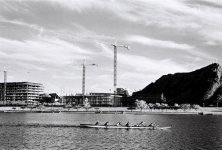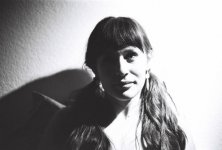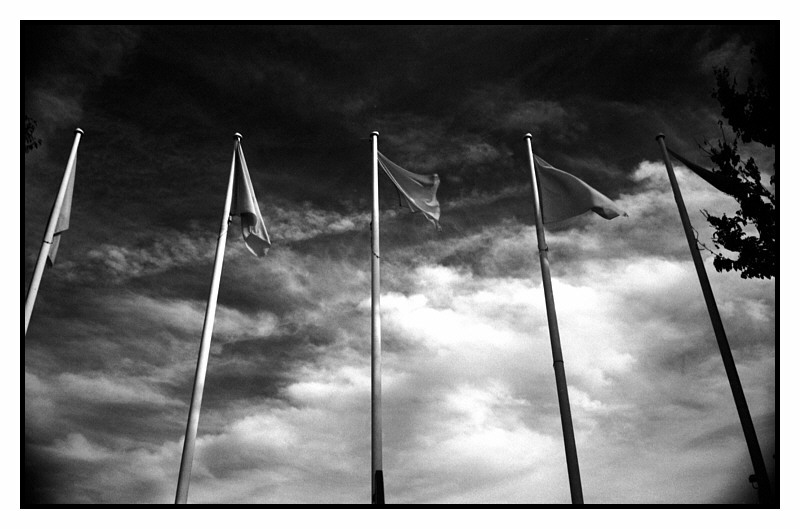Just for your information:
There are more options for excellent IR photography than discussed here in this thread so far:
Besides Ilford SFX (which has the lowest IR sensivity of all IR or near IR films) and Rollei Infrared you also have
- Rollei Retro 80S ( = current Agfa Aviphot Pan 80 aerial film, made by Agfa-Gevaert in Belgium
www.agfa.com )
- Rollei Superpan 200 and Rollei Retro 400S ( = current Agfa Aviphot Pan 200 aerial film).
By the way, Rollei Infrared is
also Agfa Aviphot Pan 200 film.
So, Rollei Superpan 200, Rollei Retro 400S and Rollei Infrared are all the
same film: Agfa Aviphot Pan 200.
That is officially confirmed by Maco Photo Products.
And if you compare these films under identical test conditions, you see it at once.
There is only one difference:
The Rollei Infrared in 120 roll film is finished by Ilford (and therefore more expensive), whereas the Superpan 200 and Retro 400S roll films are finished / confectioned by Foma.
There is no finishing difference in 35 film: They are all finished by the same German specialised finishing company Photostar.
With Rollei Retro 80S, Superpan 200, Retro 400S and Rollei Infrared you get the best infrared results with an 715 / 720 nm infrared filter.
Excellent films, highly recommended. And very versatile: You also can get excellent results in reversal development, getting outstanding BW slides.
For those of you who can understand German:
In the current edition ( III-2014) of the excellent German classic film photography print magazine "PhotoKlassik" (
www.photoklassik.de
https://de-de.facebook.com/PhotoKlassik ;
they do ship internationally), which is a photo magazine for film photography only (no digital inside),
there is a very detailed article about these films and all other BW films suitable for reversal processing. Excellent read.
Cheers, Jan







